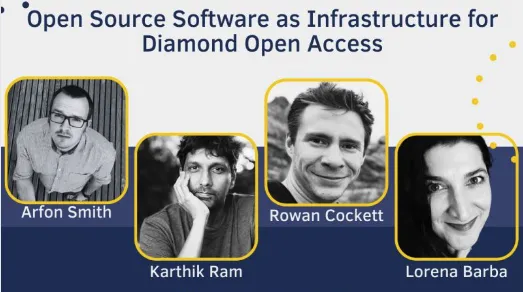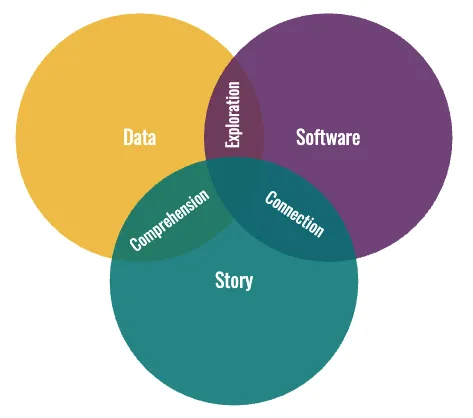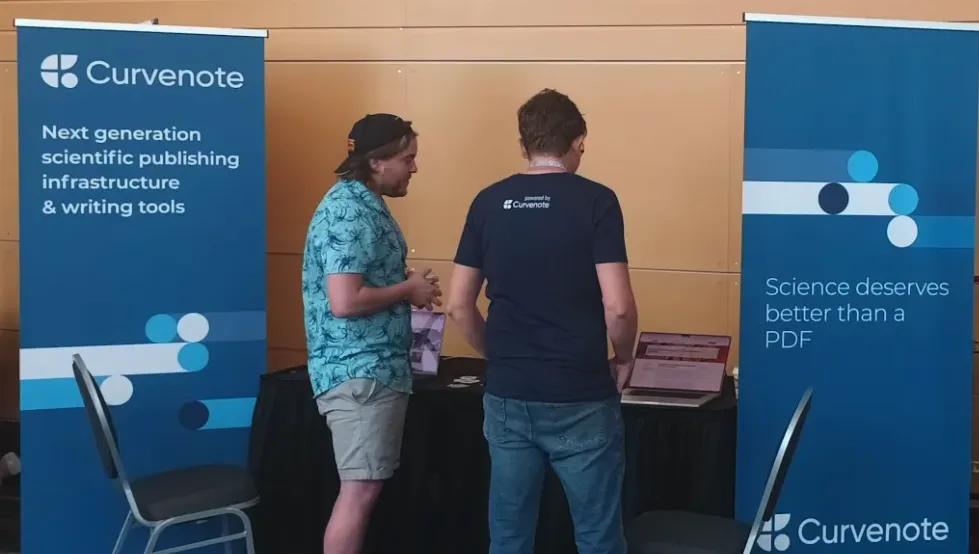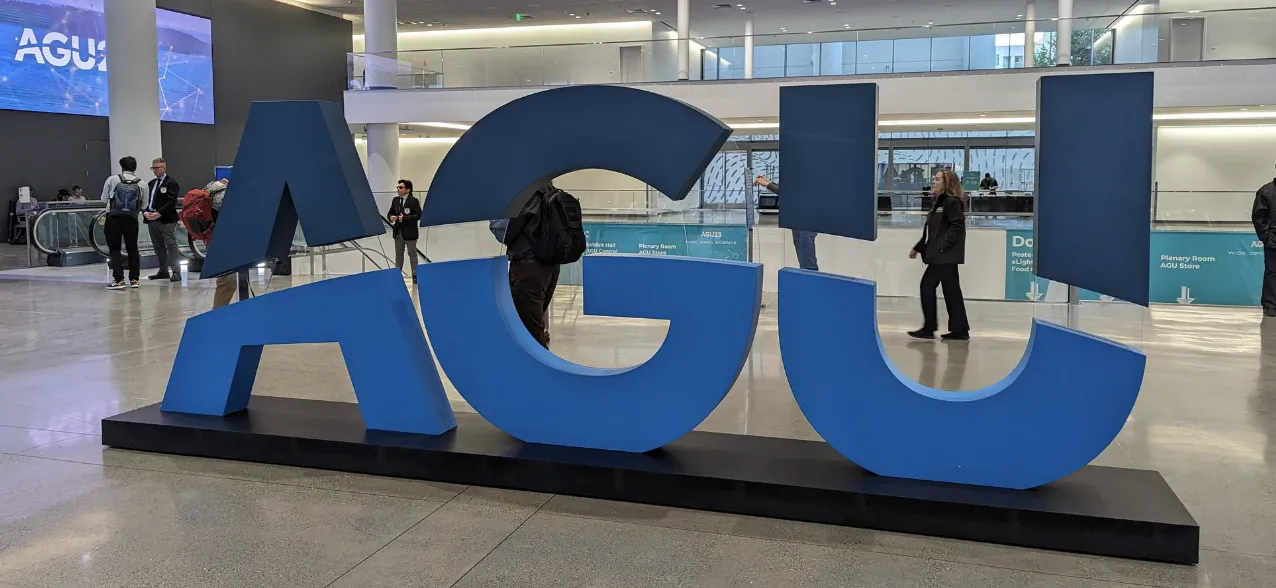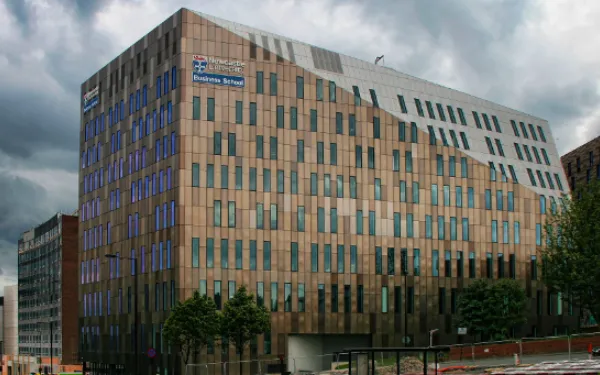Enhancing Scientific Collaboration with MyST Markdown and Continuous Science
pyOpenSci Open Science Fall Festival
Talk Abstract¶
In today’s fast-paced scientific environment, the gap between code development and scholarly communication is widening. While scientists increasingly rely on code for analysis and modeling, traditional methods of sharing results—like static PDFs—fail to capture the dynamic and interactive nature of modern research. This talk introduces MyST Markdown, an open-source language and toolchain that bridges this gap by enabling researchers to create high-quality, web-based documents directly from their code and notebooks.
We’ll delve into how MyST Markdown supports better research communication practices and sharing of code, data, and narratives in an integrated form. By adopting principles of continuously sharing science, researchers can enhance reproducibility, foster collaboration, and accelerate scientific discovery. The session will include demonstrations of real-world applications, such as the Pythia Project, SciPy Proceedings, Microscopy Society of America as well as Lab-Group websites, showcasing how these tools are transforming scientific communication. Whether you’re new to MyST or looking to integrate it with your current workflows, this talk offers practical insights to elevate your research dissemination.
Figure 1:Science deserves better than PDFs! See how MyST Markdown & open publishing transform research with interactive tools, reproducibility, and collaboration.
Bio¶
Rowan is the CEO and founder of Curvenote (https://
Rowan is also on the steering-council for JupyterBook and MyST Markdown, which is part of Project Jupyter and provides widely used open-source tools for authoring and sharing scientific content. Rowan has a Ph.D. in computational geophysics from the University of British Columbia (UBC). While at UBC, Rowan helped start SimPEG (https://simpeg.xyz), a large-scale simulation and parameter estimation package for geophysical processes (electromagnetics, fluid-flow, gravity, etc.), which is used in industry, national labs, and universities globally.
Rowan has won multiple awards for innovative dissemination of research and open-educational resources, including a geoscience modeling application, Visible Geology, that has been used by more than a million geoscience students to interactively explore conceptual geologic models. In his previous role as the VP of Cloud Architecture at Seequent, Rowan ran a large software team working on computational software platforms, visualization tools, and version control systems for geoscientists.
